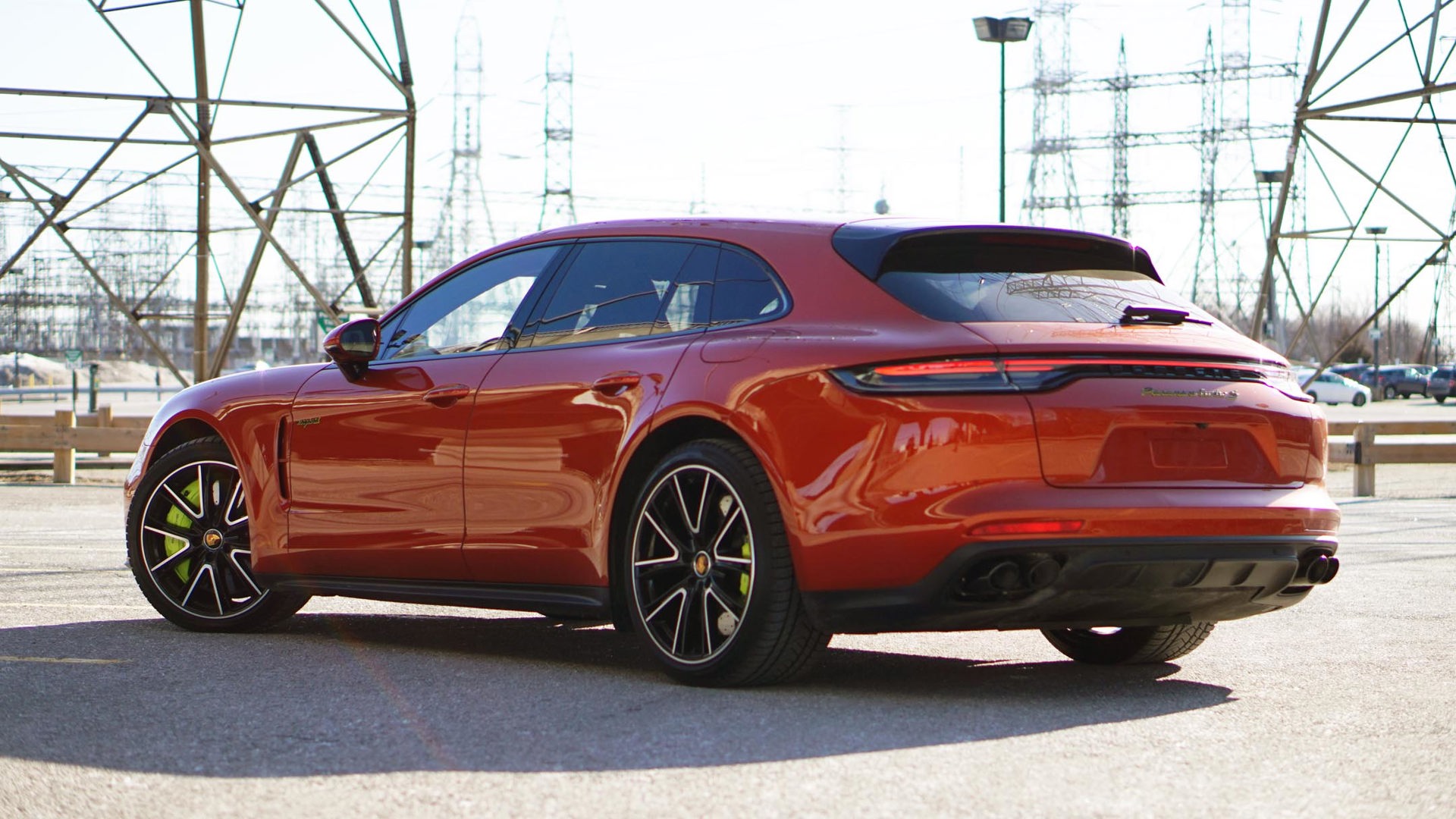I was charging a vehicle once when an electric vehicle (EV) driver pulled in and was clearly annoyed that all the stations were occupied.
I overheard them complain that one of the cars that was plugged in wasn’t even “a ‘real’ EV.” They were referring to the plug-in hybrid (PHEV) Mitsubishi Outlander I was parked next to, a vehicle that has an internal combustion engine but is also capable of operating exclusively in EV mode.
Anecdotally, many EV drivers see hybrids and PHEVs as “green vehicles” that help move the industry in the right direction, applauding all vehicles that promote sustainability. For some EV fanatics, however, it appears a hierarchy might exist. Despite what some of these enthusiasts might think, PHEVs offer many benefits. Even as EVs become more advanced and widely accepted, some automotive executives say there is still room in the automotive landscape for plug-ins.
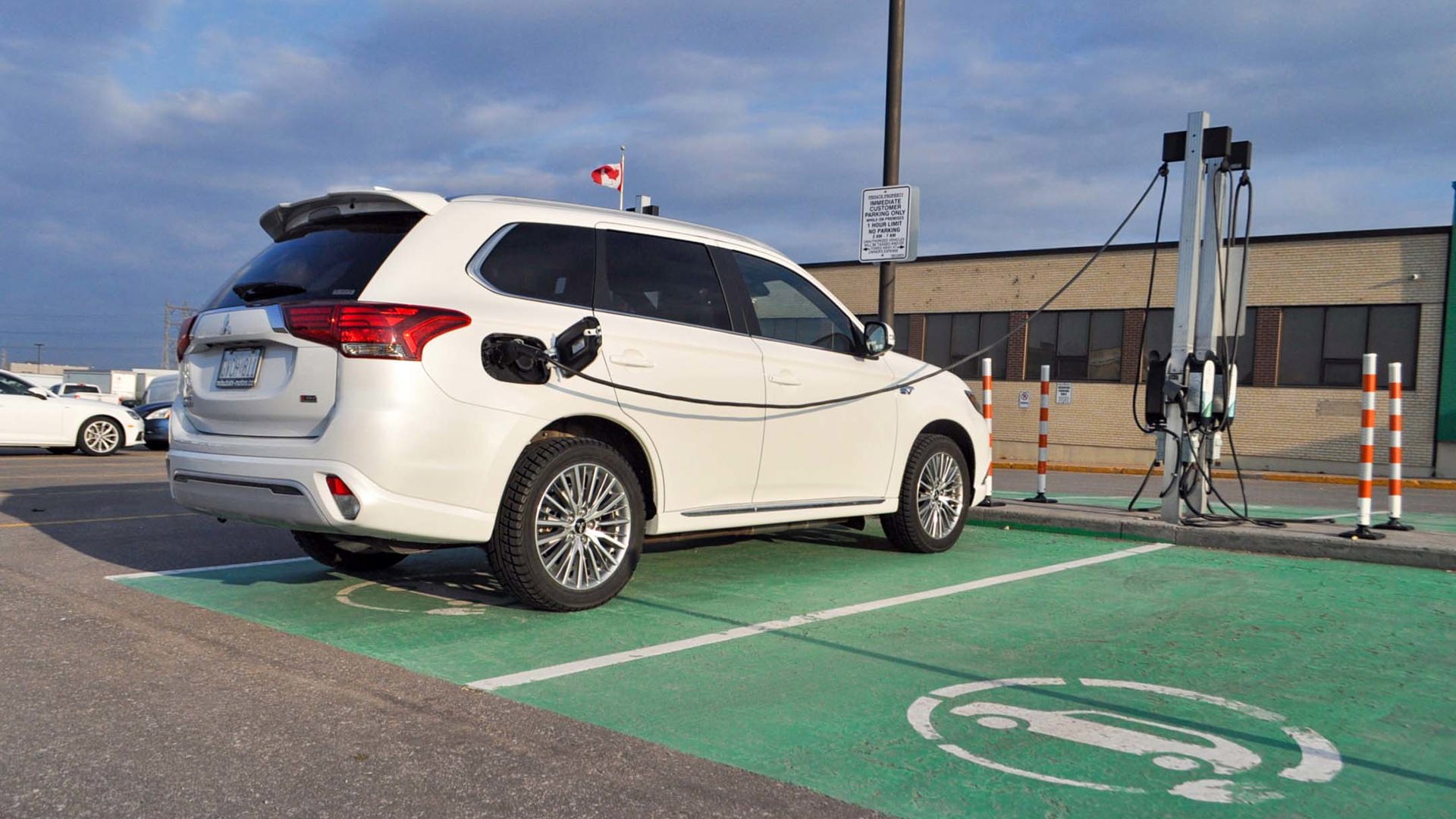
The Difference Between Hybrids and PHEVs
The three main types of electrified vehicles available are hybrids, plug-in hybrids, and full electric vehicles. Conventional hybrids don’t connect to an external power source – they use an internal combustion engine and regenerative braking to charge their smaller onboard batteries. These types of hybrids (like a Toyota Prius or Honda Insight, for example) can run on electricity alone only in low-speed situations like when accelerating from a stop, parking, or coasting. Toyota calls these “self-charging” hybrids.
PHEVs combine an internal combustion engine with a larger battery pack that can be plugged in to recharge. PHEVs are capable of running on electrons only; and when the battery is depleted, the car runs on the gas-powered engine like a regular hybrid. Some vehicles, like the new Porsche Panamera Turbo S E-Hybrid Sport Turismo, are able to charge the battery using the gas engine (a twin-turbo V8), which is handy, though not exactly the most efficient way to do so.
The Pros and Cons and PHEVs
The range for PHEVs isn’t very much (typically no more than 50 km), but it’s enough that if you’re able to charge at home or at work you can do most of your errands without using a drop of fuel. One big benefit of a PHEV is that range anxiety doesn’t exist like it might with an EV; if you run out of battery power, you’ll never be stranded as long as you can find a gas station.
PHEVs are often more expensive and more complex than hybrids, while also being less efficient and more complicated than full EVs. Among some EV diehards, PHEVs can be dismissed as a half-measure used to enjoy EV benefits without actually committing to the lifestyle. They could also be seen as a roundabout way for car manufacturers to bring down the average fuel economy of their lineups to help them meet government-mandated efficiency regulations. With PHEVs in an odd middle ground in the electrified vehicle landscape, some might even question the motivation for buying them at all.
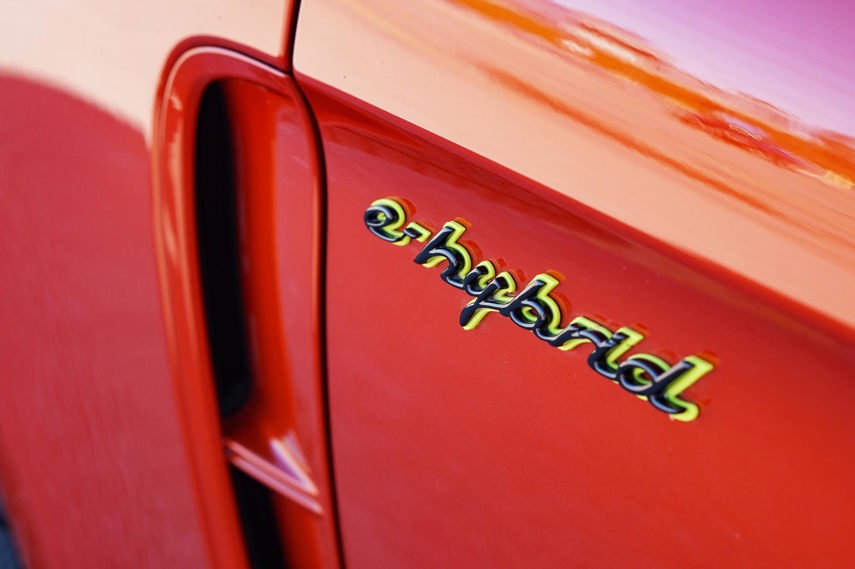
Why Some Automakers Offer PHEVs vs EVs
Steve Flamand, Director of Product and Corporate Strategy for Genesis Motors Canada, shared some insights about why some brands offer PHEVs instead of EVs.
“I remember when I used to work in Shanghai, people would buy plug-ins to get free licence plates at the time,” he said, adding that the fee for regular internal-combustion-engine (ICE) vehicles was expensive and the incentives for green vehicles were a big driver for their popularity. “From a customer perspective, it was a big benefit. Whether they ever plug in the car or not was secondary.”
While it would be best practice to plug them in as much as possible, it’s not out of the question that some drivers won’t plan to ever do so. Perhaps this is another reason why some EV drivers might scoff at PHEVs.
In Canada, the federal government and some provinces offer rebates or incentives for PHEVs as well as EVs. Then there are the special green licence plates or zero-emissions decals that allow drivers to access premium parking sports and use high-occupancy lanes on the highway. In other countries, ICE vehicles have to pay a tax to drive in city centres that zero-emissions vehicles are exempt from. For a PHEV driver, this would mean that they can save up their electric range and use it while driving in the city so they don’t have to pay the tax.
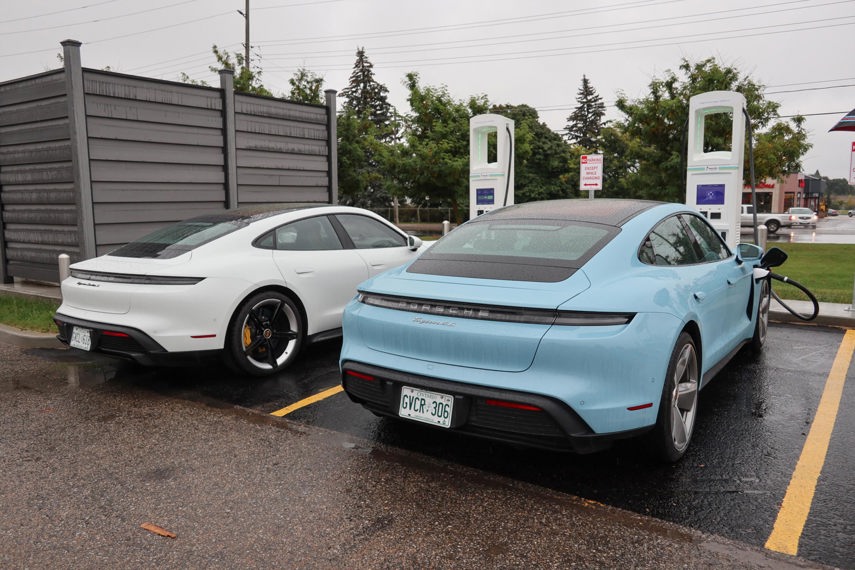
Porsche sells both PHEVs and EVs in North America, but its Taycan electric vehicle outsells the Cayenne PHEV and Panamera PHEV combined; of all Porsche Canada’s electrified vehicle sales, 85 per cent are Taycans. While that still isn’t a huge volume – just 844 Taycans were sold here last year – that EV sales volume is expected to increase drastically when the brand’s Macan SUV will be available in the near future as a full EV, seemingly making it tougher to even justify offering PHEVs in our market due to the low volume of sales.
Marc Ouayoun, CEO of Porsche Cars Canada, said the German automaker will continue to offer “emotional internal combustion engines” for “as long as possible,” while also investing in plug-in hybrids and full EVs.
“The proportion of electric cars will increase progressively,” he said. “In 2025, more than 50 per cent of our cars will be electrified – being either a plug-in hybrid or fully electric. And by 2030, 80 per cent of our volume car models will be electrified.”
Flamand added that plug-in hybrids in the North American market are often seen as a stepping stone to get drivers more comfortable with EV technology. “Usually, a PHEV is the transition model from ICE to fully electrified,” he said.
Most automakers start by offering a hybrid, then a PHEV. The idea was that when people become more comfortable with that, then an EV would be the next step. Genesis is taking a different approach by bypassing hybrids and PHEVs entirely to go straight to EVs. As the Canadian charging network continues to expand, average EV range gets longer, and the general comfort level with EVs increases, Flamand said Genesis doesn’t see the need any more for what is considered a “transition model.”
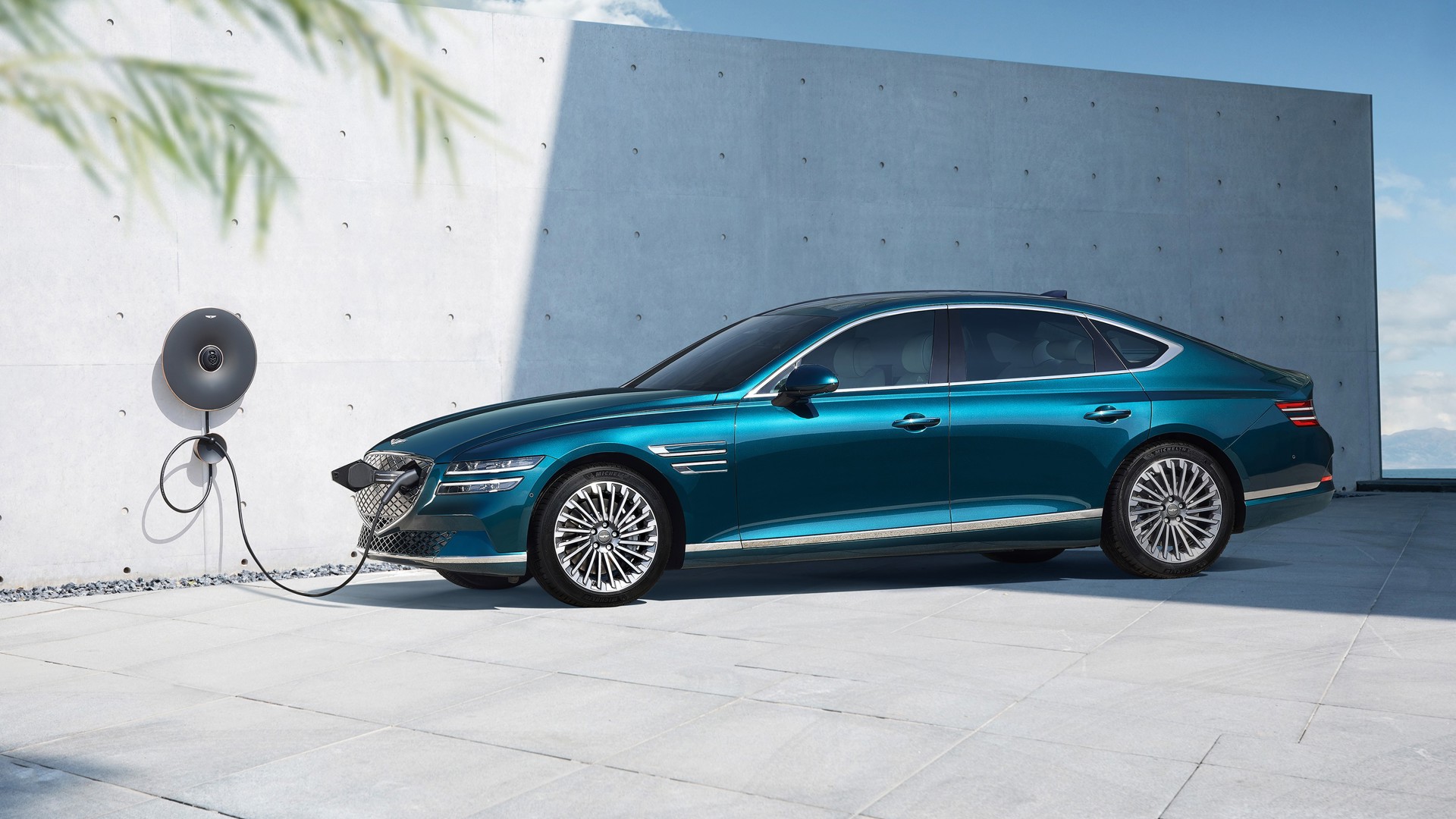
The brand recently unveiled its first fully electric vehicle, the oddly named Electrified Genesis G80, which will have between 400 and 500 km of range, is capable of 800V fast charging, and can act as a mobile generator. Interestingly, the luxury sedan debuted in China first.
Porsche’s Ouayoun says the brand’s plug-in hybrids are better suited for long-distance drivers.
“If you want a very long range, for example, 800 or 900 km, an electric car is maybe not yet the best choice,” he said. “We have people driving the Panamera plug-in hybrid every day for long distances but they still want to have the zero-emissions feature for city centres,” something that is much more important throughout parts of Europe.
Ouayoun said that while some Panamera PHEV drivers simply want this vehicle because it’s one of the top-tier models in the lineup, it’s “certainly the sportiest hybrid on the market,” meaning there are even fewer compromises for a driver who wants both performance and sustainability.
Indeed, the Porsche website mentions the PHEV’s acceleration, horsepower, and top speed for the twin-turbo V8 Panamera Turbo S E-Hybrid Sport Turismo before any information on its approximately 50-km electric range can be found.
The plug-in Toyota RAV4 Prime has 302 hp and 68 km of electric-only range, making it the most powerful RAV4 available while also boasting what’s considered a high range amongst PHEVs. Volvo is another automaker that markets its PHEVs using both performance and sustainability as a hook. The added instantaneous torque a PHEV can offer is certainly helpful, but it’s important to note that some PHEVs are calibrated for efficiency and not performance.
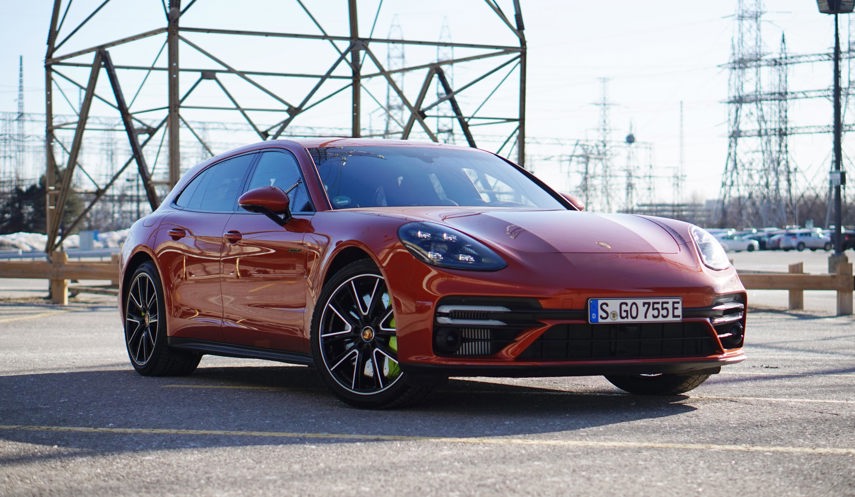
Final Thoughts
For many PHEV drivers, the added efficiency, performance boost, and the ability to drive on electricity alone without the fear of possibly being stranded when the battery is depleted is both convenient and desirable. These positives often outweigh the counter argument that the fuel saved might take ages to pay off the premium price that many PHEVs demand over typical hybrids.
Despite how the annoyed EV driver mentioned earlier cast judgement on PHEVs, plug-ins can still fulfill many purposes for many different types of drivers. It will be interesting to see how their performance capabilities evolve as EVs get more advanced.
